Dealing with Algae Attachment on Shrimp Bodies: Causes, Signs & Solutions
Why Does Algae Grow on Shrimp Bodies?
Algae growing on the bodies of shrimp is more than just a nuisance—it’s a red flag signaling poor pond management and water imbalance. If not addressed promptly, this issue can lead to weakened shrimp, reduced feed intake, stunted growth, and even mass mortality.
This phenomenon usually occurs when environmental conditions in the pond favor excessive algae, harmful bacteria, or plankton. One of the most common causes is overly clear water, which allows sunlight to penetrate deeply to the pond bottom. This encourages photosynthesis and explosive growth of algae and moss.
Excess organic matter—such as uneaten feed, shrimp waste, and dead plankton—also provides abundant nutrients for algae to thrive. If this sludge isn’t regularly removed, it forms a sticky biofilm at the bottom and clings to surfaces, including the shrimp's body.
Another often overlooked factor is the lack of beneficial microorganisms in the pond. These microbes play a crucial role in breaking down waste, competing with harmful bacteria and algae for nutrients, and maintaining ecological balance. Without them, the pond environment becomes unstable, making it easier for algae to colonize shrimp bodies.
Overstocking also worsens the situation. High shrimp density leads to faster accumulation of waste and depletion of dissolved oxygen. This stresses the shrimp, weakens their immune system, and makes them more vulnerable to algae and parasites.

How to Identify Algae-Affected Shrimp
If you examine the shrimp during sampling or pond checks, you may notice visible signs of algae, especially on the head, shell, swimming legs, and gills. These appear as green or brown patches, ranging from thin layers to thick mats depending on the severity.
Infected shrimp often show weak behavior—swimming sluggishly, gathering in corners or near pond banks. They tend to eat less, react slowly, and may completely stop feeding over time. Their gills may discolor or become damaged, which severely affects respiration. When gills are clogged with algae and microorganisms, the shrimp can suffer from oxygen deficiency, float to the surface in the early morning, or die sporadically.
Additionally, compromised immunity increases the risk of secondary infections such as white feces disease, white spot syndrome, bacterial infections (e.g., Vibrio), and gill fungi. Therefore, early detection and treatment of algae attachment is essential to avoid serious losses.
How to reat Shrimp with Algae Attachment
The first priority is to improve water quality immediately. If feasible, replace 20–30% of the pond water. This helps remove algae, dilute harmful microorganisms, and reduce organic buildup. Water exchange should be done in the early morning or late afternoon to minimize shrimp stress.
Next, stabilize water color. Clear water promotes algae growth, so farmers can use molasses or biological color-inducing products to safely cloud the water. Ideal water color should be light green or light brown to block sunlight from reaching the pond bottom.
Adding beneficial bacteria is also crucial. Probiotics containing Bacillus subtilis, Bacillus licheniformis, or Lactobacillus help break down organic sludge, limit nutrients for harmful algae, and improve pond bottom quality.
If algae build-up is severe, mechanical methods can be applied:
Use nets to collect floating algae
Use pond sludge vacuum to remove the bottom layer
Lower water level and discharge bottom water if conditions allow, then refill with clean water to reduce algae density
In critical cases, chemical treatment may be considered. However, this must be done with caution. Only use approved products, in correct doses and at appropriate times, to avoid shocking the shrimp. Always consult a professional aquaculture technician or veterinarian before using chemicals.

Preventive Measures for the Long Term
Prevention starts with pond preparation. Before each crop cycle, the pond should be drained, bottom dried, treated with lime and disinfectants to eliminate residual pathogens and algae. During farming, monitor water parameters such as transparency, pH, dissolved oxygen, NH₃, and NO₂, and keep them within safe ranges.
Feed management is also key. Avoid overfeeding, which causes pollution. Regularly supplement probiotics to aid shrimp digestion, maintain balanced pond microbiota, and keep water and bottom conditions stable. Keep stocking density at a reasonable level to ensure adequate oxygen levels.
Daily shrimp behavior monitoring is vital. If shrimp show signs of lethargy, feed refusal, or floating, investigate immediately to determine whether algae attachment is the cause, and take corrective action promptly.
Final Thoughts
Algae on shrimp bodies is a sign of ecological imbalance in the pond. If not addressed, it can lead to reduced yields, higher treatment costs, or even crop failure. Fortunately, farmers can prevent and manage this issue effectively through proper technical measures—focusing on pond preparation, water quality control, and regular microbial supplementation. Efficient pond management is the key to healthy shrimp and long-term farming success.
Source: aquaculture.vn
Aqua Mina's distributor in Japan: REX INDUSTRIES CO., LTD
- Address: 1-9-3 Hishiya-Higashi, Higashi-Osaka 578-0948 JAPAN
- Email: kimakubo@rexind.co.jp
- Phone: +81-(0)72-961-9893
- Website: http://www.rexind.co.jp/e/

WE WORK FOR YOUR SUCCESS!
Ngày đăng : 02/08/2025
2114 View
Other Articles
Vietnamese shrimp and catfish choose a sustainable path in global competition
End-of-Season Shrimp Prices Reach Record Highs
Norway – Russia Reach Barents Sea Fisheries Agreement for 2026
Cà Mau strengthens traceability to enhance the competitiveness of the shrimp industry.
Cold stress: Effects on the plasma characteristics of whiteleg shrimp.
A new breakthrough in the prevention of diseases caused by the microsporidian parasite EHP in shrimp farming
Vietnam’s shrimp export outlook in the first quarter of 2026 continues to face heavy pressure from tariffs.
New England’s shrimp fishery to shut down for the long haul after years of decline
Crab exports to the United States account for more than 80%.
Thailand sets a target to increase shrimp production to 400,000 tons by 2026.
CTU-RAS: Recirculating Shrimp Farming for Sustainable Development
Vietnamese aquatic products reach new markets








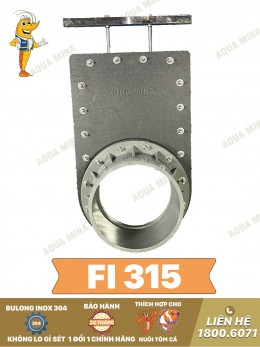
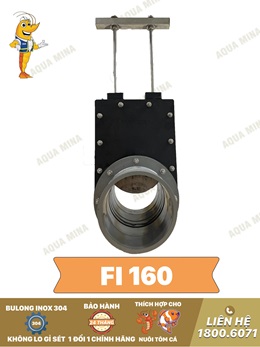
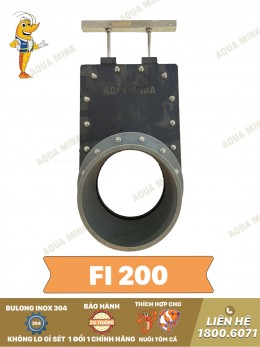
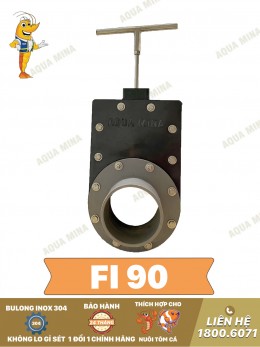
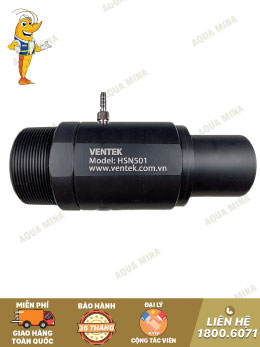
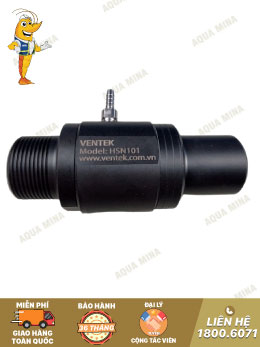

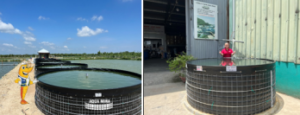
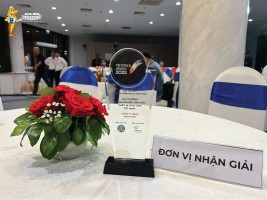
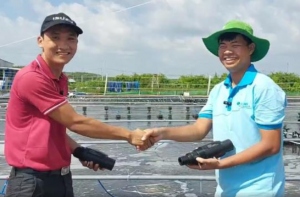
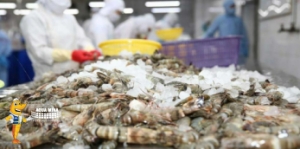
.jpg)